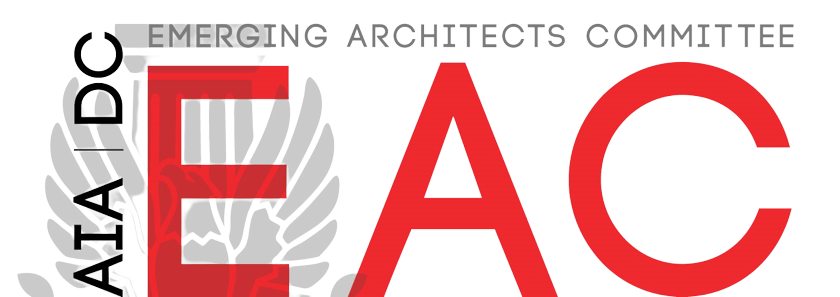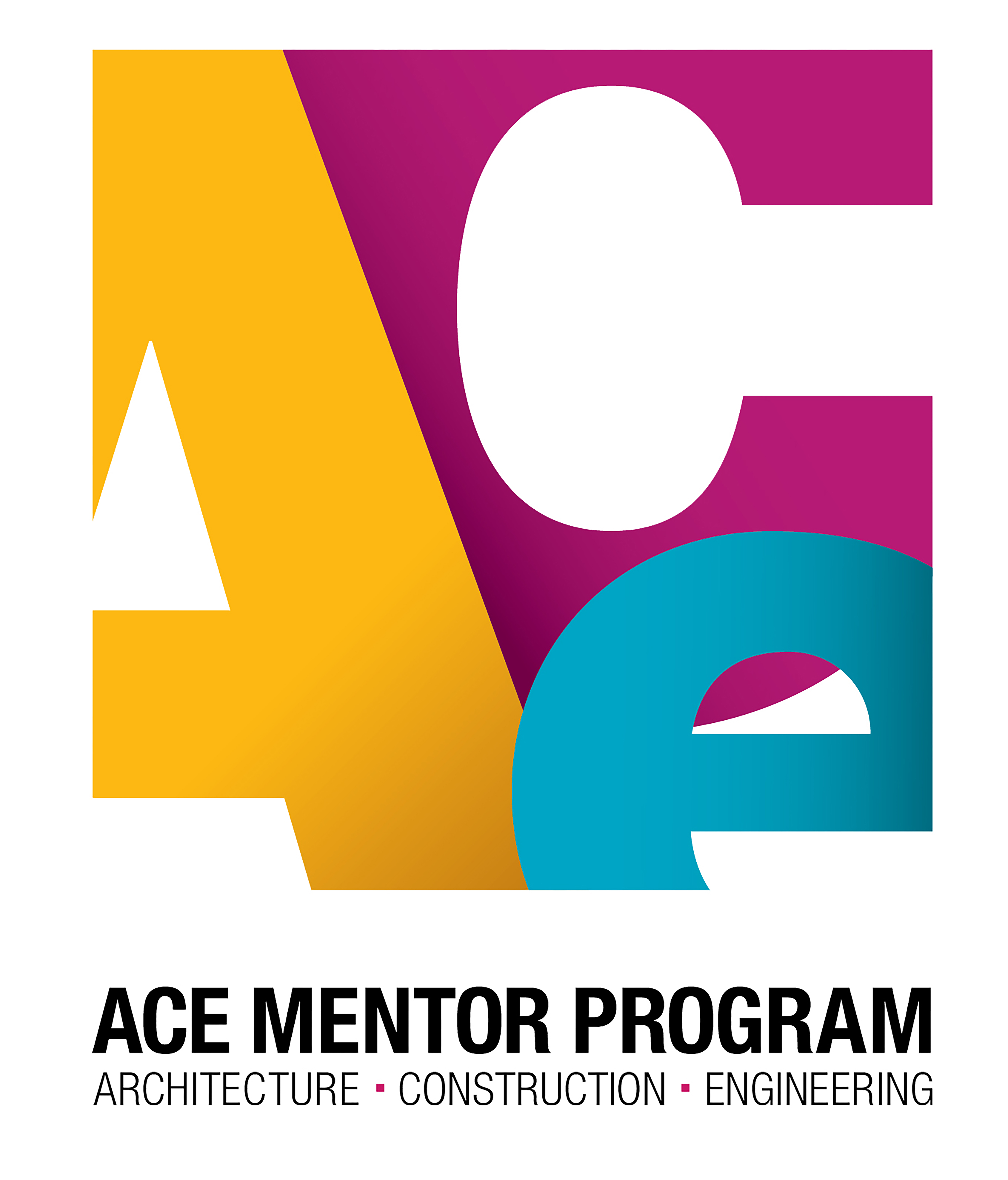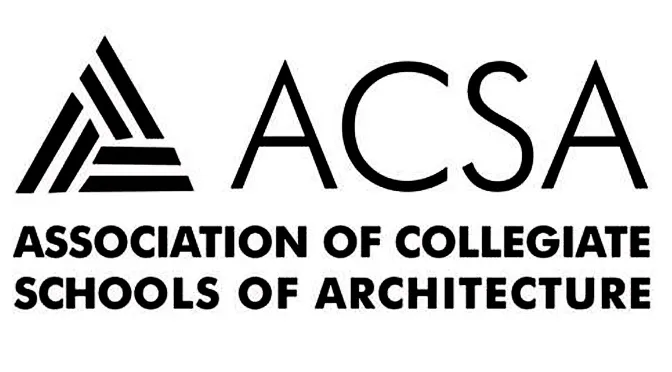Designing an Architecture Career: Alternatives to Traditional Practice
Learning Objectives:
- Outline the career paths of three high-profile architectural professionals who are working outside of firms.
- Discuss the educational and job choices that helped prepare them for their leadership roles.
- Identify those aspects of architectural education and training that can be useful across a wide range of careers.
- Discuss the skills that architectural professionals seeking careers outside traditional practice should acquire.
Credits:
This course is approved as a Structured Course
This course can be self-reported to the AANB, as per their CE Guidelines
Approved for structured learning
Approved for Core Learning
This course can be self-reported to the NLAA
Course may qualify for Learning Hours with NWTAA
Course eligible for OAA Learning Hours
This course is approved as a core course
This course can be self-reported for Learning Units to the Architectural Institute of British Columbia
Are you hoping to carve a career path that diverges from traditional practice? Join RECORD as our panelists—trained architects working in government, for a non-profit, and at a world-class museum—discuss their journeys to their leadership roles. They will describe how their education and architectural backgrounds have prepared them to influence policy, promote sustainability, and shape the built environment of a major arts institution.

Photo courtesy of Getty Images

|
Mark Chambers is a national environmental policy leader, advocate for social justice and licensed architect inspired by public service and lessons of collective action. Chambers is currently joining the leadership effort to launch Earth Alliance, a new organization being developed to help rapidly shift cultural narratives around climate action. He recently served the Biden-Harris Administration in a Presidential appointment as the first Senior Director for Building Emissions and Community Resilience at the White House Council on Environmental Quality, where he led the Administration’s climate policy development for the built environment. Chambers previously served as the Director of Sustainability for both New York City and the District of Columbia, where he led efforts to accelerate climate policy implementation across buildings, food, waste, transportation, health and energy sectors in America’s largest city and the Nation’s capital. Chambers is a recipient of the Director's Award from the Smithsonian National Design Awards and the Public Architect Award from the American Institute of Architects (NY). He speaks frequently on the intersection of climate change, resilient design and environmental justice. His work has been highlighted in the NY Times, the Washington Post, Grist, Architectural Record, Politico, Complex World, and Reuters among others. Chambers holds a Bachelor of Architecture and a MS in Public Policy and Management, both from Carnegie Mellon University in Pittsburgh, PA. |
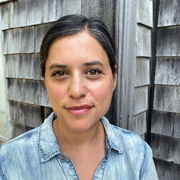
|
Brett Gaillard is the Head of Capital Planning at the Metropolitan Museum of Art where she oversees the planning of all capital construction and infrastructure projects and helps guide the long-term vision and design of these projects for The Met’s 2.2 million square foot main building, as well as The Met Cloisters. Prior to her role at the Met, Brett was a Senior Associate at Beyer Blinder Belle Architects and Planners where she worked in a leading role on many projects for the Met as well as other cultural, educational, commercial and large-scale restoration projects. Brett received her B.A. in the History of Art and Architecture from Middlebury College, and dual Master of Architecture and Master of Science in Historic Preservation degrees from Columbia University Graduate School of Architecture, Planning and Preservation. She lives in New York with her husband and two young sons. |
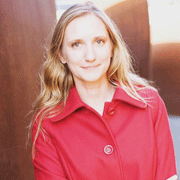
|
Stacy Smedley has almost 20 years of experience in the architecture and construction professions; her resume includes the first LEED for Homes Platinum certified project in Washington State and the first project in the world to be certified under Living Building Version 2.0 standards. Before her current role as Executive Director at Building Transparency, Stacy served as Sustainability Director at Skanska, where she led sustainable initiatives and was a subject matter expert in carbon emissions associated with buildings and construction. Today, Stacy leads efforts to provide open access data and tools to address embodied carbon’s role in climate change. |

|
Moderated by Joann Gonchar, FAIA, LEED AP. Joann is deputy editor at Architectural Record. She joined RECORD in 2006, after working for eight years at its sister publication, Engineering News-Record. Before starting her career as a journalist, Joann worked for several architecture firms and spent three years in Kobe, Japan, with the firm Team Zoo, Atelier Iruka. She earned a Master of Architecture degree from the University of Pennsylvania and a Bachelor of Arts from Brown University. She is licensed to practice architecture in New York State. |
















